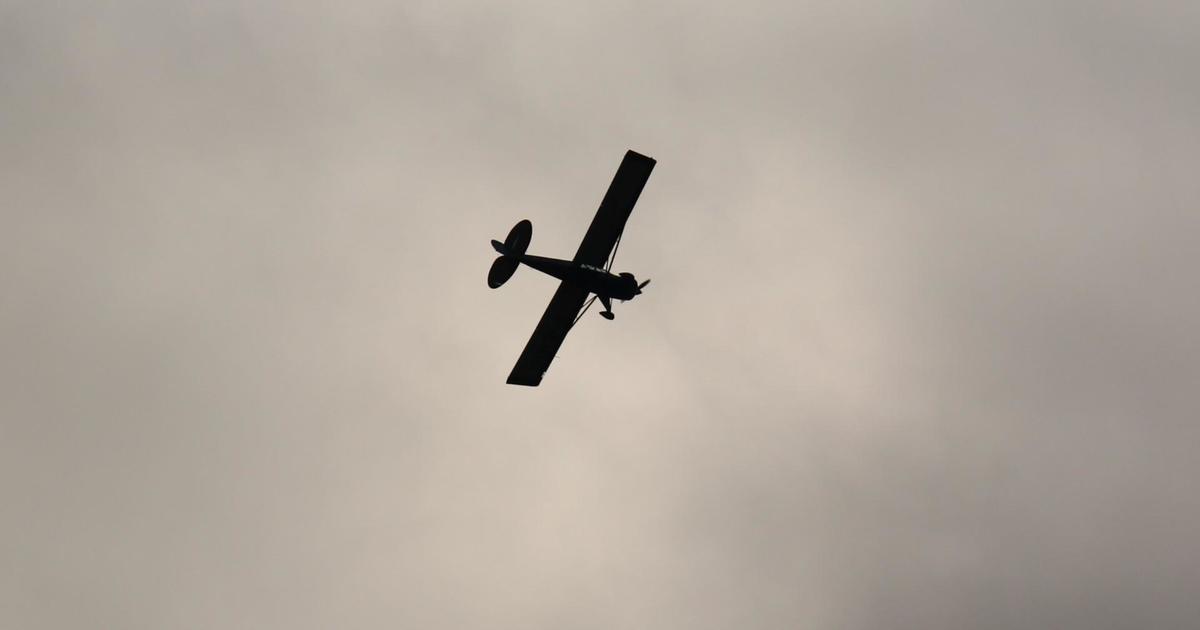Officials: Native Mob Arrests Hit Violent Gang
MINNEAPOLIS (AP) — Members of the Native Mob gang have shot rivals in Minneapolis, sold drugs in Duluth, and thrown boiling water in a person's face in Crow Wing County. Authorities say they've also assaulted an informant on the White Earth Indian Reservation and shot up houses from Cass Lake to Mille Lacs.
This week's federal indictment of 24 suspected Native Mob members will disrupt the activity of one of Minnesota's most violent gangs and could bring some communities a reprieve from violence, authorities said. But it likely won't dismantle the organization — which is highly structured, active in prison, and wields power from the Twin Cities to reservations throughout Minnesota, North Dakota, South Dakota and Wisconsin.
"I consider Native Mob to be one of the most significant and problematic Native American-based gangs in the country, because of their organization ... their influence in so many communities and because of their clear propensity to engage in criminal behavior," said Christopher Grant, a national Native American gang specialist in Rapid City, S.D.
The gang, made up of mostly American Indian men and boys, started in Minneapolis in the 1990s. Some of its original members were connected to another street gang, but broke off and formed their own group, Grant said.
The gang has about 200 members, according to the indictment, and is actively recruiting new ones, including kids.
Inspector Mike Martin, a gang expert with the Minneapolis Police Department, called the Native Mob one of the most violent gangs in Minnesota and said it is feared by other community members. He said the gang has been especially problematic on Indian reservations, which typically have fewer resources to deal with crime.
He said this week's indictment — one of the largest gang-related indictments in Minnesota — will have an impact because of its scope. It contains 47 counts going back several years, and charges all 24 defendants with conspiracy to participate in racketeering, alleging they used violence and intimidation to keep the gang in power.
"One of the problems traditionally has been these individuals feel they can commit crimes in the city or on one reservation and then go hide in another reservation or another state," Martin said. "I think the federal authorities and state authorities here have sent a message to them that you can run but you can't hide and we will bring them to justice."
The indictment paints a picture of a structured, violent gang that held monthly meetings where members encouraged the assault or murder of their enemies, including rival gang members, government witnesses, informants or anyone who showed disrespect.
While there are hundreds of American Indian gangs in the country, Grant said, most are loosely organized and might have as few as five members.
According to the indictment, the Native Mob is different. It's led by a chief and a co-chief, who delegate and encourage criminal acts, maintain discipline, and facilitate meetings. Other leaders are responsible for duties such as responding to external threats or punishing those who disobey the gang's rules and bylaws. And leaders from other regions represent their area at meetings.
New members need a current member to vouch for them, and members identify themselves through gang tattoos, clothing or jewelry. They also refer to each other by gang names or use the term "fam" — short for family, the indictment said.
The indictment shows a clear connection between gang members on the street and its members in prison. About half of the people indicted already were in custody, authorities said, and the indictment prompted a statewide prison lockdown to keep word about arrests from getting out.
According to the Department of Corrections, as of Dec. 30, 144 of the state's 9,158 inmates had some affiliation with the Native Mob — with roughly 60 of those people classified as active members.
Don Rothstein, assistant director of Department of Corrections' office of special investigations, said the Native Mob is one of many active, violent groups in the state's prisons. Only about one-third of all inmates are affiliated with gangs, he said, yet that population accounts for about two-thirds of violent crimes inside prison walls.
Communication between gang members and the outside world is monitored but isn't cut off entirely, Rothstein said, because part of a prisoner's rehabilitation includes contact with family members and the outside world.
Bill Ziegler, president and chief executive of Little Earth of United Tribes, an American Indian housing community in Minneapolis, said his community is a gang-free zone, but the indictments will have an impact on violence in the surrounding neighborhood.
He said the American Indian community needs to use this break from violence to show kids other ways to feel a sense of belonging and protection.
"We failed these kids somewhere along the line," he said. "We as a community better view this as maybe we have a little bit of a reprieve, a little bit of breathing room, and we better plug something in to replace gang violence."
(© Copyright 2012 The Associated Press. All Rights Reserved. This material may not be published, broadcast, rewritten or redistributed.)



